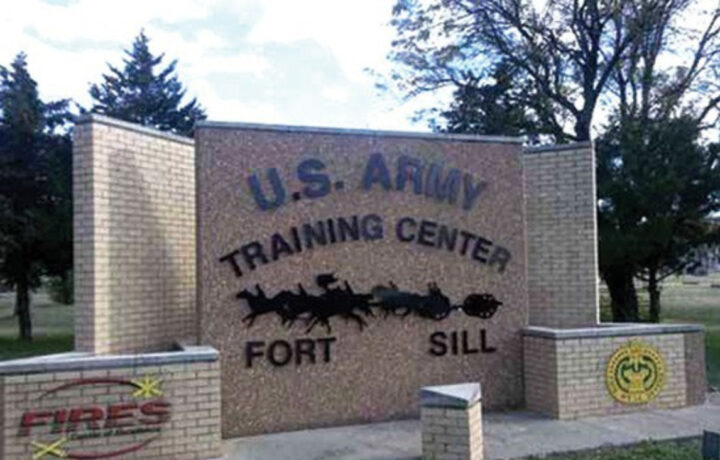Oklahoma’s Fort Sill is home to the United States Army Field Artillery School, the U.S. Army Air Defense Artillery School, and the United States Marine Corps Field Artillery MOS (Military Occupational Specialty) School. It is where soldiers and Marines train in tactics, techniques, and procedures for the employment of fire support systems in support of the maneuver commander.
The first artillery school, the U.S. Army School of Fire, was organized at Fort Sill in 1911.
Fast forward, and today it isn’t just the big guns that soldiers at the U.S. military facility will be focused on. This past summer, Fort Sill became the home of a new school that is training U.S. soldiers in drone warfare. Yet, instead of training drone operators, the school is focused on ways to counter enemy drones.
“It’s not going to be just for our operators, our planning, our leadership,” Jennifer Smith, Director of the Joint Counter Small Unmanned Aircrafts University who is helping with the training, told reporters earlier this summer. “They’re going to have to learn how to plan for defense designs and take into account UAVs as well.”
A Small But Deadly Threat
Small unmanned aerial systems (UAS) have long been seen as a potential threat, but it wasn’t until Russia launched its unprovoked invasion of Ukraine that militaries around the world were able to see how commercially available “off-the-shelf” drones could be employed against tanks, bunkers, and other positions.
Loitering munitions, also known as suicide or “kamikaze” drones are able to seek out targets and then strike with pinpoint accuracy – combining the capabilities of a drone and cruise missile. Both Russia and Ukraine have struggled to counter the threat from the other’s drones, which are being used on a scale never seen before.
The U.S. military is now exploring options to counter the threat, including with the new school at Fort Sill.
Drone On, Drone Off
The U.S. Department of Defense (DoD) looks to see that the new institution at Fort Sill will train about 1,000 troops annually. They’ll receive the skills to operate a variety of anti-drone defenses. This has included M4 rifles that are fitted with a targeting computer that can track small airborne targets including drones.
Another platform, known as the “Drone Buster,” is a large-scale jammer that acts to cut off signals from the drone operator to the actual UAS. By eliminating the connection, ground forces can more easily target and destroy the drone before it can strike.
However, the school’s organizers already admit there won’t be any silver bullet, and no one system is going to immediately stop the threat from drones.
To that end, the school will provide three main types of instruction. This will include tasking troops in the operation of counter-drone systems, with classes tailored for the different needs of the U.S. Army, Navy, Air Force, and Marines. In addition, planners will be taught to determine how to best determine the location for sensors to detect drones as well as the weapons to counter them. Then an installation protection course will train the troops to set up and operate counter-drone systems to protect current U.S. military bases and key facilities.
Given the evolving threat from drones and from counter-drone systems, one challenge will be staying up to date. The school and its training will thus likely evolve as much as the threat that drones pose.
“We don’t have five years to wait for the perfect system,” said General James Rainey, who leads the Army Futures Command, which helps the Army keep pace with changes in technology and other aspects of warfare. “We’ve got to rapidly innovate with what’s possible now and keep getting better. It’s going to be something you’re going to have to deal with continuously and be adaptive when you fight the next time.”




